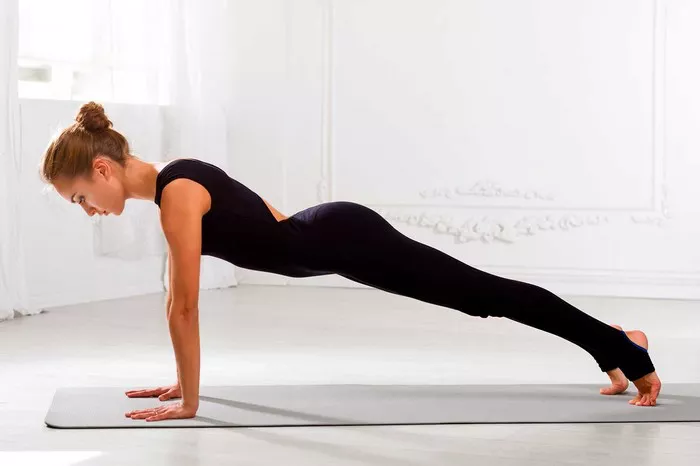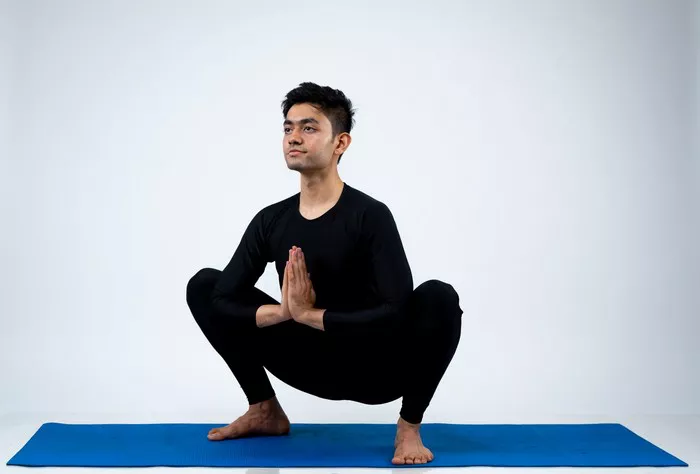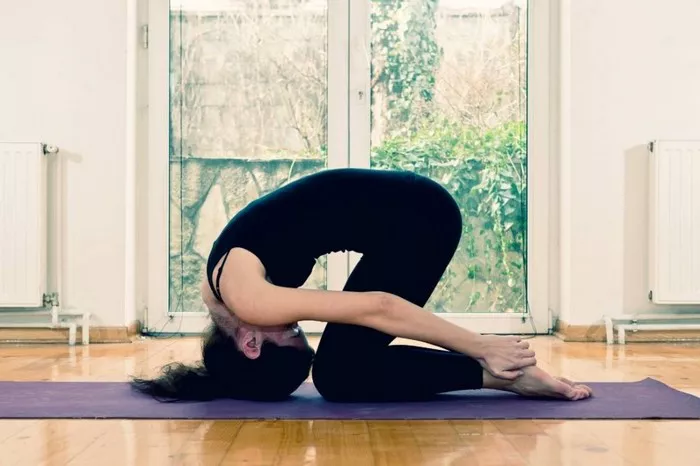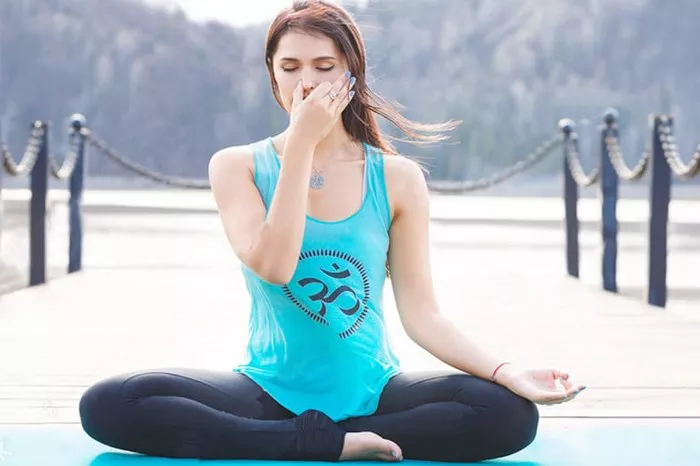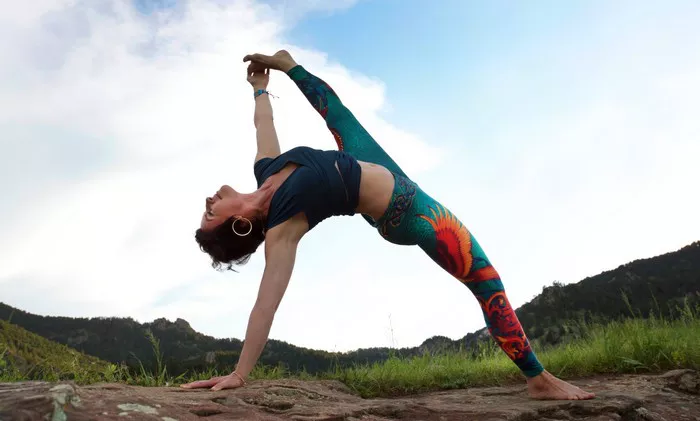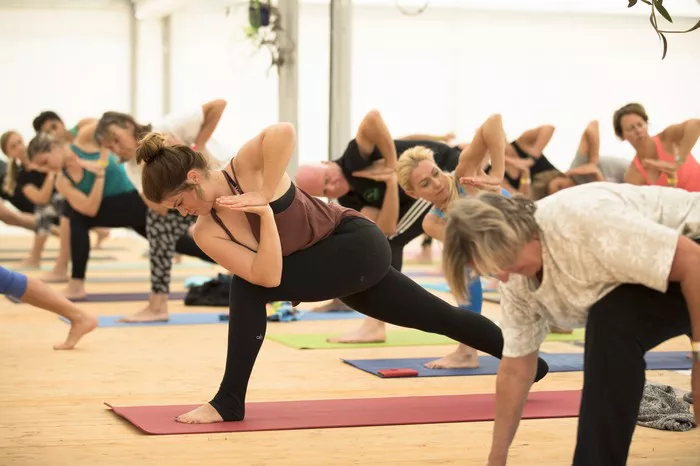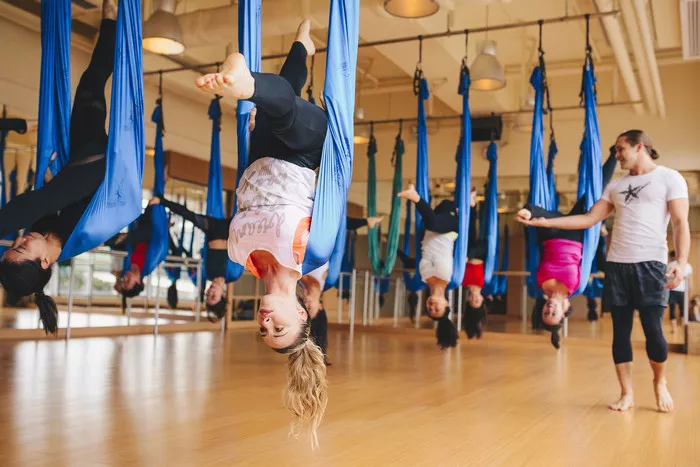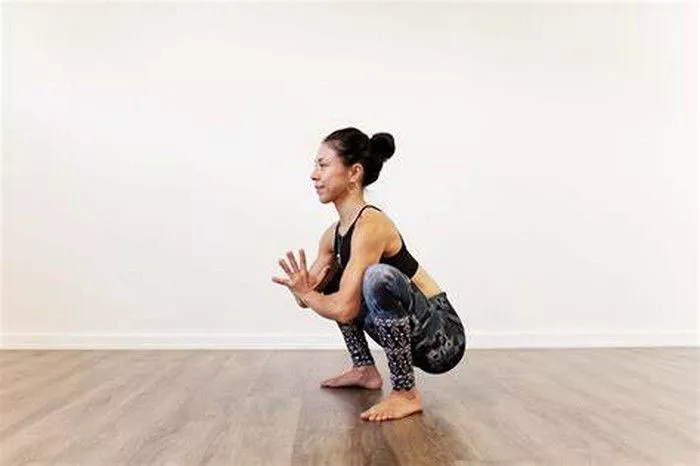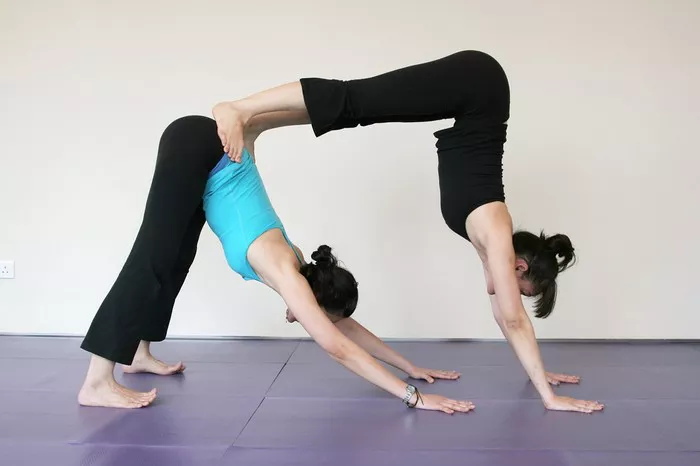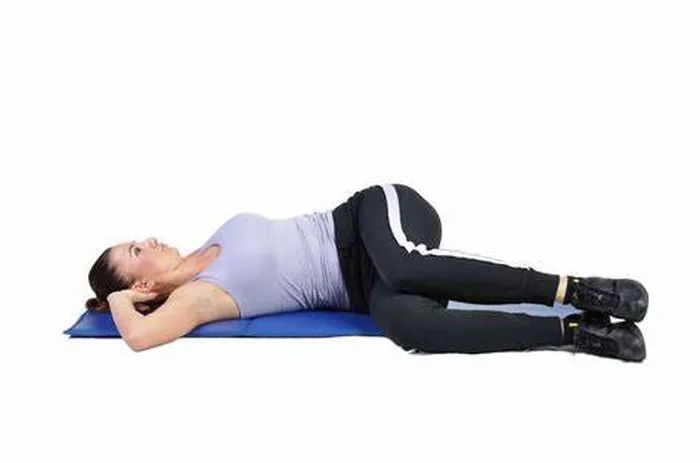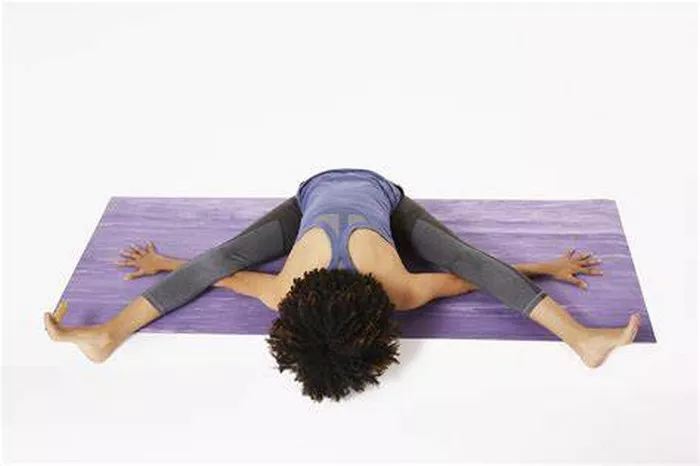Yoga has been practiced for thousands of years as a means of enhancing physical, mental, and spiritual well-being. It has become a popular form of exercise and a holistic lifestyle choice for people of all ages. Over time, many different styles of yoga have evolved, each with its unique approach and benefits. One such style is Iyengar Yoga, a method developed by the renowned Indian yogi, B.K.S. Iyengar.
Iyengar Yoga has become famous worldwide for its emphasis on precision, alignment, and the use of props. It is considered one of the most therapeutic forms of yoga and is often recommended for people with injuries or those who are new to yoga practice. While Iyengar Yoga is widely known for its focus on alignment and therapeutic benefits, an important question often arises: Does Iyengar yoga build strength?
This article aims to answer that question by exploring the key elements of Iyengar Yoga, how it impacts strength, and why it can be a powerful tool for building both physical and mental fortitude.
Understanding Iyengar Yoga
Before diving into the ways Iyengar Yoga promotes strength, it is essential to understand the foundational principles of this practice.
The Origins of Iyengar Yoga
B.K.S. Iyengar, the founder of this style, was one of the most influential yoga teachers of the 20th century. He developed his method based on the traditional teachings of yoga as outlined in the ancient texts such as the Yoga Sutras of Patanjali. However, Iyengar made significant contributions by adapting these teachings in a way that could be more accessible to modern practitioners.
One of the key features of Iyengar Yoga is its focus on precise alignment in each posture. This approach helps to ensure that the body is supported in the most effective way possible, preventing injury while promoting optimal health benefits. To achieve this precision, Iyengar teachers often use props like blocks, straps, and blankets to aid in the alignment and execution of asanas (yoga poses).
Key Characteristics of Iyengar Yoga
- Alignment: In Iyengar Yoga, great importance is placed on aligning the body correctly in each posture. This helps practitioners avoid unnecessary strain and injury while maximizing the effectiveness of the practice.
- Use of Props: Props such as yoga blocks, straps, blankets, and chairs are frequently used in Iyengar Yoga to help practitioners achieve proper alignment and extend the benefits of the poses.
- Sequencing: Iyengar Yoga emphasizes a well-thought-out sequence of poses, often structured to gradually build strength, flexibility, and stability.
- Long Holds: Postures in Iyengar Yoga are often held for longer periods than in other yoga styles. This encourages endurance, concentration, and muscle engagement.
The Role of Strength in Yoga
To fully understand how Iyengar Yoga builds strength, it’s important to define what strength means in the context of yoga. While strength is often associated with muscular power or the ability to lift heavy weights, in yoga, it encompasses both physical and mental strength. It involves developing not only muscular endurance but also stability, balance, and inner focus.
Physical Strength in Yoga
Physical strength in yoga refers to the ability to engage and stabilize various muscle groups throughout the body. This is achieved through the practice of holding postures that require you to use your muscles for support and balance. Over time, this builds endurance and muscle tone.
Strength in yoga is also not limited to just the major muscle groups such as the legs, arms, or back. It is about integrating all of the body’s muscles, learning to engage them consciously, and maintaining that engagement over extended periods.
Mental Strength in Yoga
Mental strength in yoga is often developed alongside physical strength. The discipline required to maintain focus, the patience to hold postures for long durations, and the mental resilience to push through discomfort all contribute to strengthening the mind.
How Iyengar Yoga Builds Physical Strength
Now that we have a better understanding of Iyengar Yoga, let’s dive into the specific ways this practice builds physical strength.
1. Emphasis on Holding Poses for Extended Periods
One of the hallmark features of Iyengar Yoga is the long duration of time spent in each asana. While other yoga styles may encourage moving through poses quickly or flowing from one to the next, Iyengar Yoga focuses on holding each pose for several breaths—or even minutes—at a time.
This extended hold requires the practitioner to continuously engage their muscles. For example, in standing poses like Warrior II (Virabhadrasana II), you must hold the position for several breaths while keeping the legs and core engaged. Over time, this sustained muscle activation increases muscular endurance and strength.
2. Weight-Bearing Postures
Many poses in Iyengar Yoga are weight-bearing, meaning they require the practitioner to support their body weight on their hands, legs, or feet. These poses engage the upper body, core, and lower body muscles to maintain balance and stability.
For example, in poses like Downward Dog (Adho Mukha Svanasana) or Plank Pose (Phalakasana), the arms, shoulders, and core muscles are engaged to hold the position, while the legs and feet provide grounding. By holding these poses for extended periods, the practitioner builds strength in key muscle groups.
3. Alignment and Precision
The emphasis on precise alignment in Iyengar Yoga also contributes to strength-building. By ensuring that each posture is performed correctly, practitioners are able to activate the right muscles and avoid overcompensation in weaker areas. This promotes a more balanced strength throughout the body.
In addition, using props can help practitioners access deeper levels of muscle engagement. For example, using blocks to support the hands in a forward fold can encourage the legs and hips to engage more fully, resulting in improved strength in those areas.
4. Dynamic Transitions and Sequencing
While Iyengar Yoga is often thought of as a slow and steady practice, the transitions between poses are still very dynamic and require significant strength. Moving from one posture to the next with control helps to engage the core and stabilizing muscles, which is key to developing overall body strength.
For instance, transitioning smoothly from Downward Dog to Plank Pose requires you to engage your arms, shoulders, core, and legs to maintain balance and proper form. The fluidity in transitions, when done mindfully, builds strength as well as coordination.
5. Targeted Muscle Groups
Iyengar Yoga’s well-rounded sequencing also ensures that strength is built across all areas of the body. There are poses that specifically target the arms, legs, core, and back, allowing practitioners to develop balanced strength. For example:
- Leg Strength: Poses like Chair Pose (Utkatasana) and Warrior I (Virabhadrasana I) challenge the legs, particularly the quadriceps and hamstrings.
- Core Strength: Poses such as Plank Pose (Phalakasana), Boat Pose (Navasana), and Side Plank (Vasisthasana) engage the core muscles and help to develop stability and power.
- Upper Body Strength: Downward Dog, Chaturanga Dandasana, and various arm-balancing poses like Crow Pose (Bakasana) build strength in the arms, shoulders, and chest.
6. Improving Balance and Stability
Balance poses such as Tree Pose (Vrksasana) and Warrior III (Virabhadrasana III) require not only strength but also stability. These postures engage the core, legs, and stabilizer muscles to maintain balance, which in turn helps develop overall strength.
7. Therapeutic Benefits for Muscular Imbalances
Because of its focus on alignment and precision, Iyengar Yoga can be particularly effective for addressing muscular imbalances and weaknesses. Through carefully guided practice, individuals with tight or weak areas of their body can gradually strengthen those muscles, creating a more balanced and functional body.
Mental and Emotional Strength in Iyengar Yoga
In addition to building physical strength, Iyengar Yoga is also instrumental in cultivating mental resilience. Holding poses for extended periods of time requires focus, patience, and determination. These qualities build mental strength as practitioners learn to stay present, breathe through discomfort, and develop greater self-awareness.
The integration of mind and body in Iyengar Yoga leads to a deeper connection to one’s inner strength. This holistic approach nurtures the mental toughness required to face challenges both on and off the mat.
Conclusion
So, does Iyengar Yoga build strength? The answer is a resounding yes. Iyengar Yoga not only enhances physical strength through its emphasis on alignment, precision, and long-held postures, but it also builds mental fortitude through focused attention and discipline. This combination of physical and mental strength makes Iyengar Yoga a comprehensive practice that promotes overall health and well-being.
Whether you are a seasoned practitioner or a beginner, Iyengar Yoga offers a powerful way to develop strength in a safe and effective manner. The benefits are not just limited to the physical body but extend to emotional and mental resilience, making Iyengar Yoga an invaluable practice for anyone seeking to improve their strength—inside and out.
Related Topics:

